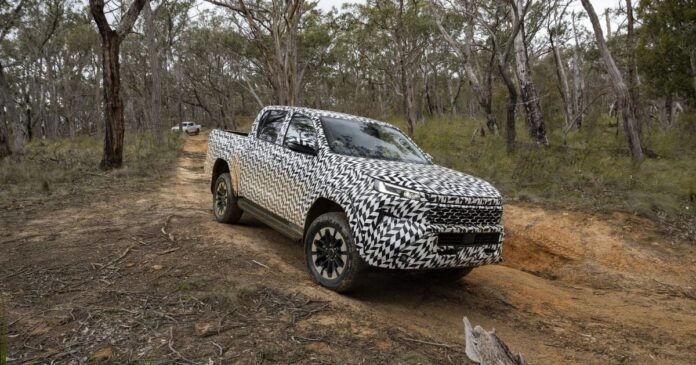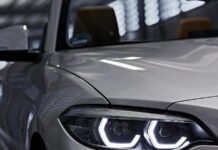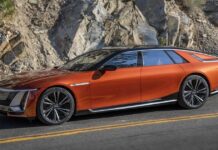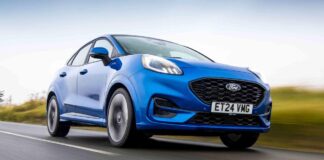The 2026 Toyota HiLux is just around the corner, promising an upgrade to this longtime Australian favorite. We recently got a sneak peek at a pre-production prototype on a proving ground in Victoria and can say it’s definitely improved. However, whether those changes are enough to reclaim the sales crown from the Ford Ranger remains to be seen.
Toyota has its work cut out for it: the HiLux held the title of Australia’s best-selling vehicle for seven years straight before being dethroned by the Ford in 2022. The new model arrives with a freshened design, a tech overhaul, and key changes to ride comfort—but some perplexing choices have also been made.
A Bold Interior Refresh
The most noticeable improvement is inside the cabin. Finally ditching its dated dashboard, the HiLux now boasts a contemporary feel thanks to a standard 12.3-inch touchscreen infotainment system across all trims. Apple CarPlay and Android Auto are wireless, a welcome addition, and digital instrument clusters add a modern touch.
Ergonomics have been enhanced as well. The climate controls remain conveniently physical buttons, unlike some competitors that rely solely on touchscreens. A redesigned steering wheel and wider center console with a larger sliding armrest contribute to a more comfortable driving experience.
Higher trims get extra luxuries like heated seats, power-folding mirrors, dual-zone climate control, and even a cooled glovebox. The Rogue grade stands out with unique “Mineral-coloured” upholstery and a marine-grade carpet bedliner for added toughness.
Driving Dynamics: Both Positive and Confusing Changes
Toyota has made significant strides in ride comfort—especially off-road. This is largely thanks to revised suspension tuning, making the truck feel more composed over bumps and dips. The steering also benefits from a switch to electric assist, resulting in lighter handling that won’t tire out your arms on longer trips.
However, Toyota has inexplicably reverted to mounting dampers inside the chassis rails for this new generation, which is contrary to industry trends. This decision hinders handling performance compared to competitors like the Ford Ranger, which positions its dampers outboard of the frame rails for better track width and cornering stability.
On-road performance benefits from the standard fitment of the 2.8-liter turbo-diesel engine across all trims (though without the mild hybrid system in base WorkMate models). This provides a noticeable boost over the outgoing petrol option, especially considering the lighter weight of the single-cab Workmate we tested.
Safety and Warranty
The new HiLux comes standard with Toyota Safety Sense, which bundles features like autonomous emergency braking (AEB), adaptive cruise control, lane keeping assist, blind spot monitoring, rear cross traffic alert, and a reversing camera. These are all crucial safety technologies that now come as standard across the range.
Toyota offers a five-year/unlimited-kilometer warranty on the HiLux, extended to seven years for the engine and driveline. Servicing intervals and capped-price servicing costs haven’t been officially announced yet.
Is It Enough?
The 2026 Toyota HiLux is undoubtedly improved—the interior refresh and enhanced ride comfort are notable wins. However, the handling regression due to the dampers placement back inboard of the chassis rails feels like a missed opportunity. While it will satisfy current HiLux owners who appreciate its reliability and practicality, it might not be enough to lure over buyers enticed by the competition’s more advanced features and handling prowess.
Toyota’s bet seems to be that its proven formula is good enough, and it might very well be right. Time will tell if this calculated risk pays off against fierce rivals like Ford.























